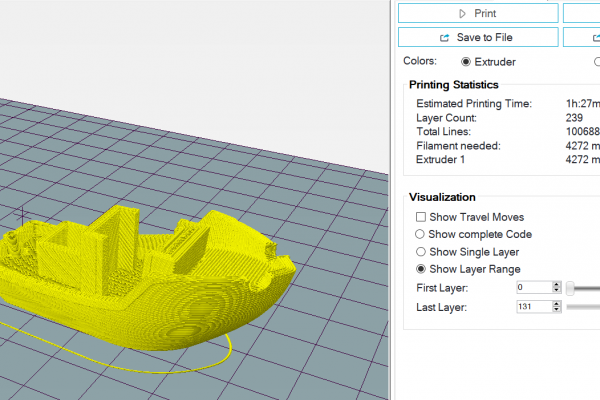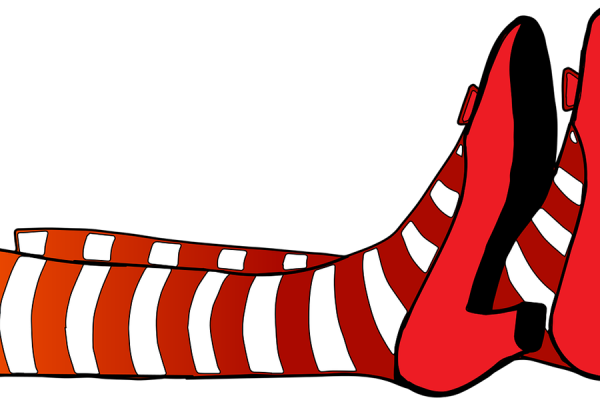Last weeks post talked about generating ideas to tackle your challenge or solve your problem. That gave us a lot of ideas, most of which are probably crazy, impossible and beyond imagination. This week we’ll focus on filtering out the actual impossible ones and find the space between crazy and impossible, where the actual innovation happens.
This is part of the Innovation engineering blog series.

After any creative session, most people will likely be jumping to start shooting down impossible ideas. Or the ones they perceive as impossible, anyway. This is where the danger of falling into the same old solutions lies. Try stimulating your team to see the possibilities, rather than the impossibilities. Simply dropping ideas under the guise of “it’s impossible” will kill your creative process, and prevent actual innovation. So how do you prevent eliminating potential innovation, and still filter out the garbage?
Kill your darlings, but not really
In the first step of the process, we drafted requirements. These requirements are your only criterium for eleminating ideas at this point. Only drop an idea if it is verified that the idea will not meet the requirements. Spoiler alert, most ideas will not be eliminated using this method. At this point, you just don’t have enough data to definitively eliminate an idea. Some ideas will very clearly not meet requirements at this point. These will usually involve things that are simply not physically possible.
Research time
The ideas from the brainstorming session will not be defined enough to be able to eliminate or validate ideas. Researching the ideas through a desk research will provide you with enough information to eliminate the bulk of the ideas. Desk research involves anything from an extensive internet search, to gathering expert opinions. Anything that doesn’t involve building anything. A solid desk research will limit the time and material investment during the next step.
On to the next step
Eliminating ideas based on requirements is a short, but very neccesary step. The next step is prototyping and testing, these steps will provide more data. You can use this data to either validate or eliminate your ideas. More on that in the next post!
If you would like my help with your development process, please contact me through greatscott.nl or reach out in the comments below.









